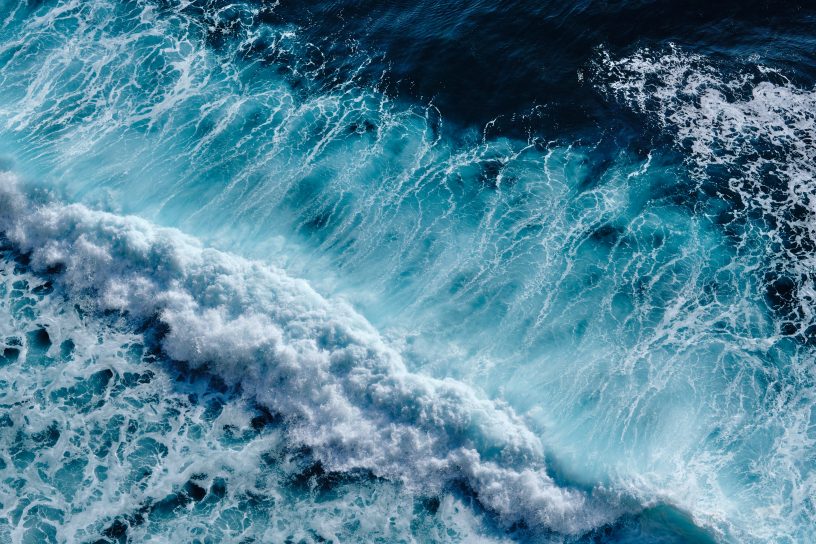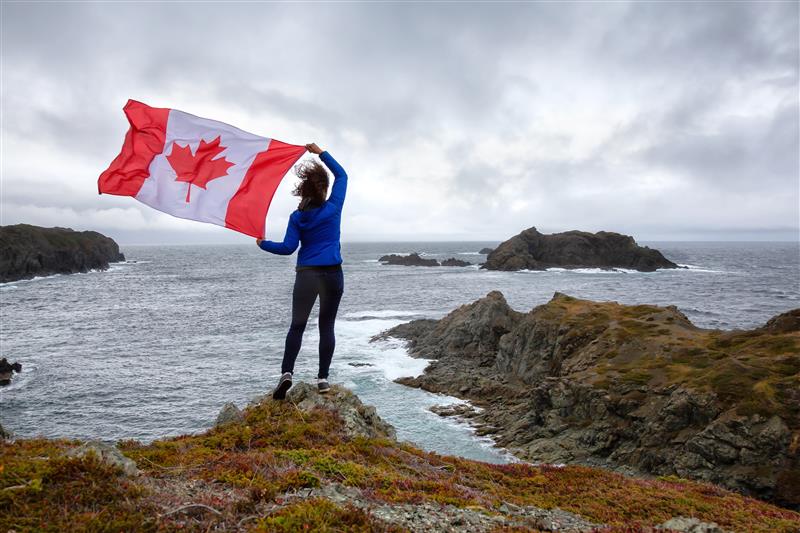
The Sound of Culture — Killer Whale Style
“Sccchhhhrrrrssssshhhhh”
The sound of rolling gravel came through the hydrophone speakers along with the rhythmic pounding of surf. Then, a staccato interruption: a high-pitched call from a killer whale. This soundtrack accompanied an incredible scene unfolding around the Vancouver Aquarium Marine Science Centre’s research vessel, Skana. I was on board, watching group after group of northern resident killer whales take a sharp left turn from their path down the east side of Hecate Strait, off of B.C.’s north coast. As they excitedly and purposely traveled towards shore, I looked wide-eyed at the head of the Aquarium’s Marine Mammal Research Program, Dr. Lance Barrett-Lennard, to confirm: “They’re going to rub?”
Admittedly, this encounter wasn’t completely serendipitous. The week before departing on the Skana for our summer cetacean survey of the North Coast, I had a call from the owner of a local marine transport company who often reports his sightings to the B.C. Cetacean Sightings Network. “Come check out the video I shot,” he tempted. It was recorded at this same beach (but from shore) and showed a group of whales metres from the water’s edge. They appeared to be rubbing on the bottom. A week later we found ourselves following a group of resident killer whales nearby and decided to stay with them to see if they too would head towards the same beach.
Northern resident killer whales are the only killer whale population known to rub their bodies regularly on beach stones in shallow water. This highly ritualized and social behaviour occurs near a few select beaches in British Columbia and southeast Alaska. While the best-known rubbing beach is in the Robson Bight-Michael Bigg Ecological Reserve off of northeastern Vancouver Island, there are others as well.

Whales often become excited as they approach a rubbing beach. In this case, I saw breaches and tail slaps as they closed in on the shoreline. Underwater, we heard the excited vocalizations characteristic of this behaviour, often dubbed “looney tunes” due to their variance from normal, stereotyped calls.
Rubbing beaches are generally steep, allowing whales to come into the shallows without the danger of stranding. Once the whales were close to shore, I could see them wriggling near the water’s edge. Some pumped their tails vigorously to gather speed before disappearing under the surface. Others, especially the young animals, rolled, often belly up, likely rubbing their backs and sides. I could also see large bubbles appear at the surface, another common occurrence during rubbing. The whales exhale deeply in order to become more negatively buoyant and sink down to the stones below. These large bursts of bubbles were followed by the scraping sound of whale-on-pebbles through the hydrophone.
https://api.soundcloud.com/tracks/237737060
Rubbing stones on various beaches often share the same traits: smooth, polished and often between the size of a gumball and golf ball. After walking this beach, we knew there were pockets of such stones, but the entire beach was not uniform. Even so, the whales appeared to easily hone in on the areas with the right type of rocks. How whales discover and remember the location of a rubbing beach is unknown, but it is likely this knowledge is passed down generation to generation, as the same beaches are used for many years. Perhaps the rolling of the stones we can hear through the hydrophone is an acoustic cue the whales use as well? Maybe, like children and the familiar song of an ice cream truck, the “sccchhhhrrrrssssshhhhh” lures the whales in.
Amazingly, despite the active behaviour and excited calls, rubbing proceeds in a very orderly manner. Indeed, around us, small groups seemed to take their turn, moving off after they finished allowing other whales to use the spot.

After nearly an hour of observation, all the whales seemed to have had their turn, and the last of them slowly moved away. As we left them, we had time to ponder the purpose of beach rubbing. Why do they do this? No one knows for sure, but theories about cleaning or removing parasites are unfounded. If this were the case, other killer whale populations on our coast (e.g. Bigg’s killer whales or southern resident killer whales) would show the same penchant for the activity. Instead, it appears that only northern resident killer whales undertake this behaviour so ritualistically. Due to this fact, killer whale scientist now believe beach rubbing is a cultural activity specific to this community; a behaviour shared among members that likely enforces group cohesion. In human terms, this activity may be similar to us celebrating holidays and traditions together.
As the last of the whales slipped out of view, my jaw was exhausted from smiling. Despite working on the water for nearly eight years, encounters with these highly social, intelligent and, indeed, cultural animals never cease to amaze me.
Blog post by Caitlin Birdsall, coordinator of Vancouver Aquarium Marine Science Centre’s North Coast Initiative, located in Prince Rupert. Find out more about our killer whale research program here.
Posted January 5, 2016 by Public Relations







